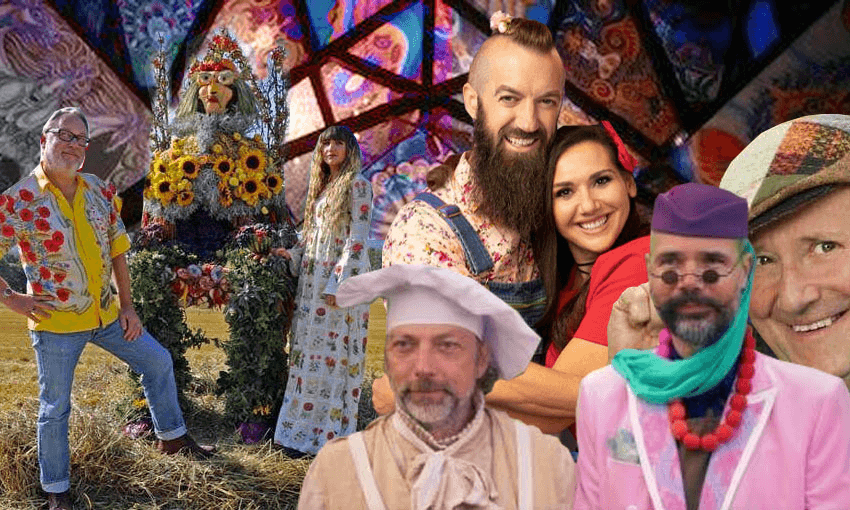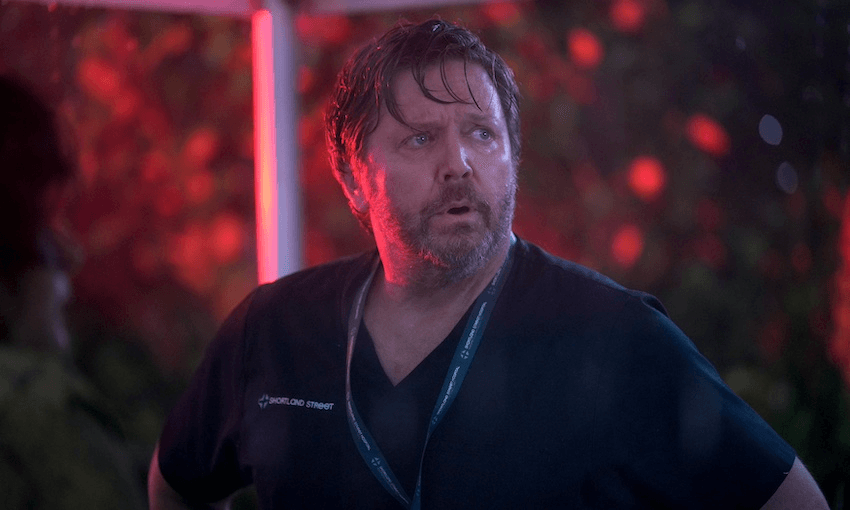Emily Writes celebrates wholesome shows and the rise of cosy television.
The world is frightening right now. From Covid-19 to climate change, just watching the news can be overwhelming let alone going outside. This horror is the perfect environment for what I call Soft TV to flourish. Wholesome reality TV isn’t new, but it used to be quite niche. Now more and more shows in the soft TV genre are landing on streaming services and in my opinion it’s just what we all need.
Soft TV is television that feels like a hug. It’s an antidote to the horrible classism of documentaries like Tiger King and the torture porn of true crime where someone’s brutal death becomes background noise. It’s an act of self care. The rise of wholesome television is a gift.
Instead of the toxic masculinity of the boys of The Bachelorette slut shaming their way through a reunion show, Soft TV gives you tonic masculinity on Lego Masters. Just two bros picking each other up and hugging it out in celebration of a really good build. You have a guy on Making It saying his quilt is inspired by wanting to tell his child “they can play football or craft”. Soft TV is Yan and Henck on The Big Flower Fight.
Instead of producers setting up fragile and vulnerable people for public nervous breakdowns on Married at First Sight, there are Lego Masters judges Jamie and Amy who cry every time someone gets voted off. Or Amy Poehler helping a contestant with her glue gun and pouring her a wine when she’s eventually voted off on Making It.
Even the language is different. Instead of MAFS’ James “Jimmy” Hardy calling another woman a slut five times, you have two amateur floral sculptors saying “This body shape is perfect for a beetle.” Instead of the open homophobia of a show like Love is Blind, Soft TV shows all have openly queer folks – being affectionate! Not hidden! Happy! Lego Masters has a non-binary builder!
This is soft TV. Nobody is fighting. There’s no manipulation. Nobody is trying to have sex with anyone. Nobody is slut-shaming or body-shaming. Everyone is weird. There are Dutchmen wearing kilts and feather earrings and red bowler hats, people who really love tiny cabins as a specific thing, and people who call themselves “felt artists”. There are a lot of aquariums.
It’s all incredibly low stakes. On Lego Masters each week builders compete for a Lego brick that gives them immunity which they somehow don’t ever seem to need. On Making It they win a patch to display on their aprons. On The Big Flower Fight you’re named Best in Bloom. Everything made on these shows is impressive but somehow also pointless. On Making It a competitor says she wants to put eyelashes on her hanging photo album slash quilt thing to symbolise the fact that she likes to sleep in.
There is no drama beyond a worried florist saying “I’m very concerned as to whether it will attract enough insects” or two craft obsessives realising they’re both making bees (they handle this by simply smiling and buzzing at each other, bonding over their love of bees). Seriously.
Even eliminations are gentle. Think “this is the most preposterous proboscis I’ve ever seen” as a compliment and “I’m upset and offended because you said it would be ugly but it’s STUNNING”. When a contestant turns in the ugliest owl thing I’ve ever seen, the judges don’t even tell her that.
Still, I was on the edge of my seat over transferring “builds” on Lego Masters. My son cried his eyes out when his favourites Aaron and Christian were voted off. And I am forever fascinated by the transformations, whether it’s the rooms on Tidying Up with Marie Kondo or Queer Eye or Amazing Interiors, or the creations on Extreme Cake Makers.
Some Soft TV shows don’t even have eliminations, making them even more relaxed. The whole premise of these shows is just “look at this guy who made a run for his cats” or “look at this volunteer firefighter who lost his house but now has a way better tiny house”.
At a time when life feels desperately hard and scary, these shows are the televised equivalent of a hot water bottle in your bed, a perfect apple pie for one, a new pair of slippers. It’s exactly what we need in 2020. Gentle and tender, low stakes but still interesting enough to make us momentarily not focus only on the fact that we live on a dying planet in a global pandemic.
For just half an hour – or 45 minutes if you’re lucky – all that matters is whether a widow’s seaside bungalow can be repaired or whether a a vet can work out why a cockatoo has started pulling out its feathers or whether the guy who had depression will be able to reach Mount Midoriyama.
So if you’re like me and can barely handle the shade on Drag Race, tune into any of the following for both a good time and a soft time.
Making It (TV3)
The best in the genre. Crafting. Amy Poehler and Nick Offerman. What more do you need to know? Someone made a bunny out of angora wool and a balloon.
Bob Ross (Netflix)
The Joy of Painting is also an OG. Arguably coming well before Harry’s Practice but let’s not argue let’s just enjoy it. Netflix has 26 30-minute episodes so have at it.
The Great British Bake Off (not currently airing but the NZ version is on TVNZ on Demand)
Well, 94 episodes and 28 specials can’t be wrong. Another classic of the genre and one of the best. Just don’t mention the Baked Alaska Controversy.
Lego Masters (TV3)
In my opinion the superior show is the US version hosted by Will Arnett but I will take any of them. Family viewing at its best.
The Extreme Cake Makers (TVNZ)
They make really big cakes. That’s it. That’s the show. It’s so good. They made this duck one time that was so duck-like.
The Big Flower Fight (Netflix)
Amateur florists, artists, and weirdos make big giant flower sculptures in a dome.
Amazing Interiors (Netflix)
Every episode is under half an hour. It shows three houses with “amazing interiors”. See the guy who can scuba dive in a giant aquarium in his lounge. See the guy who loves cars and wants to live in a car shop. See the woman who lives in a human-sized doll house. Nobody is voted out. It’s just houses – mostly, they are ugly. That adds to the fun.
Tidying up with Marie Kondo (Netflix)
Everyone has watched it. But it’s a classic of the genre so I had to include it.
Queer Eye (Netflix)
See above. Easy watching. I appreciate Bobby carrying the team and what can I say? I like to cry.
Barkitecture (Quibi)
They make luxury dog houses that are nicer than your flat. Seriously. Joel McHale gets called a fur-daddy. One dog gets a custom-made chandelier with glass dog bones in it (and has a fireplace). The designers say seemingly without irony “we wanted him to be able to have a second level so he could get away”. And the him in this instance is a white fluffy dog called Norbert whose owner cries because she’s so happy that Norbert has finally got the two-storey retreat he deserves. It’s terrible and amazing.
Ninja Warrior Australia (Three)
I haven’t seen the US version. But I’m just super impressed by people swinging off things. And everyone’s so happy to even get there, even if they bomb out. It’s somehow relaxing and riveting.
Tiny House Nation (Netflix)
Not all of the people living in tiny houses are likeable and even the concept of tiny houses can be problematic but still there’s something so satisfying about seeing these houses come together. They say things like, “have you told anyone you’re going tiny?” which is a bit insufferable. Sometimes I watch it on mute.
Cabins in the Wild (Netflix)
One of the judges has the best beard. It’s cabins! In the wild! Built from scratch!
The Curious Creations of Christine McConnell (Netflix)
I don’t really know what’s going on. But I can’t stop watching it. I don’t even know how to explain it. She makes cakes and things. But also puppets? It makes me sleepy in a good way.



